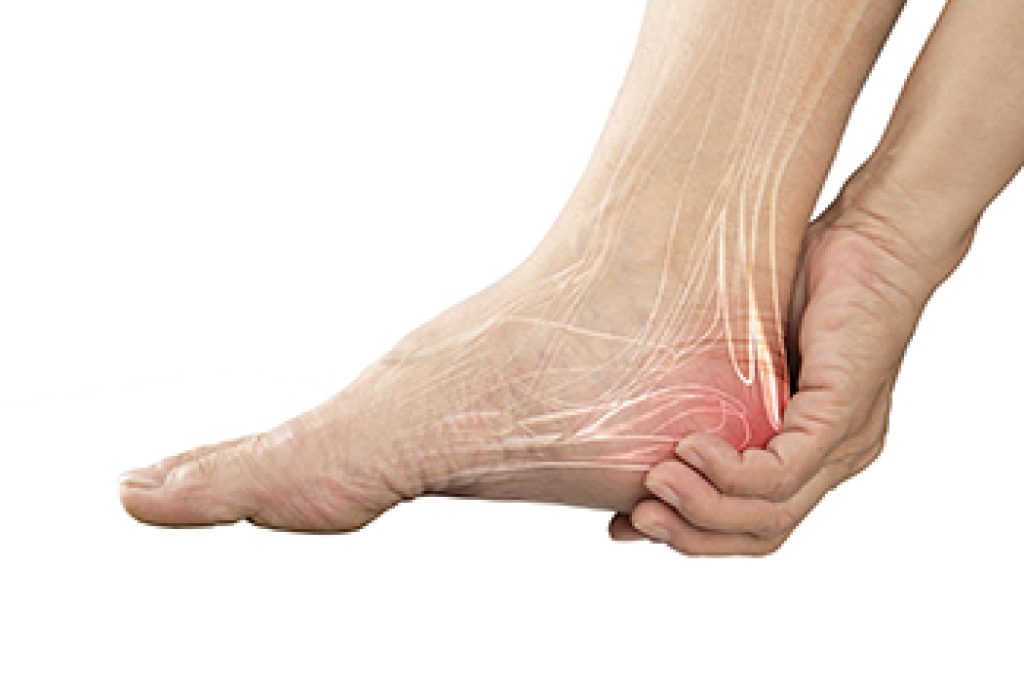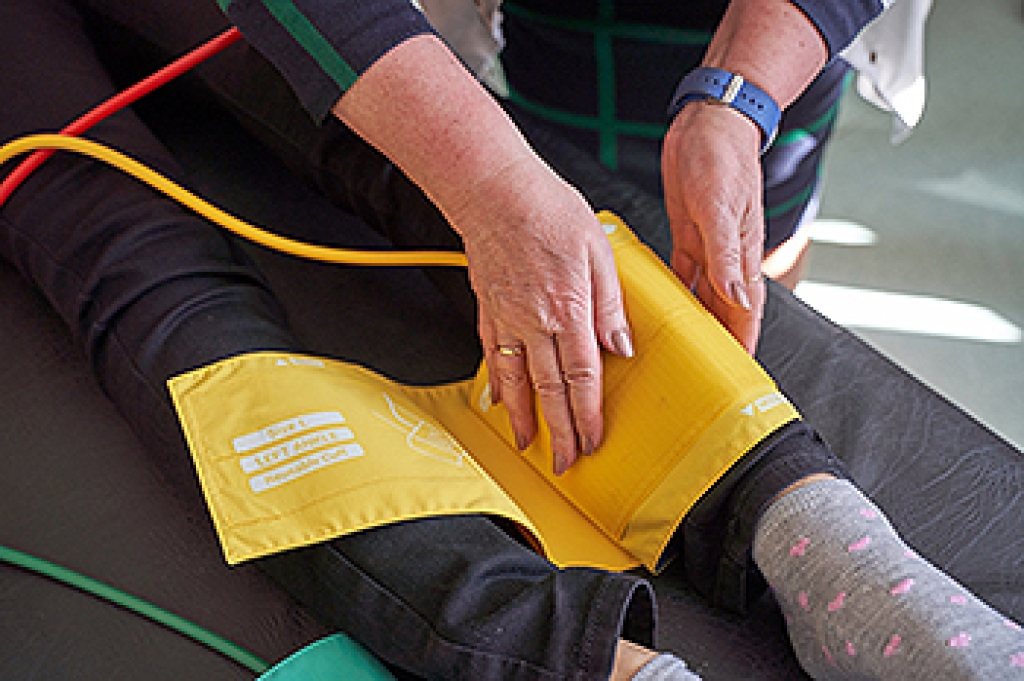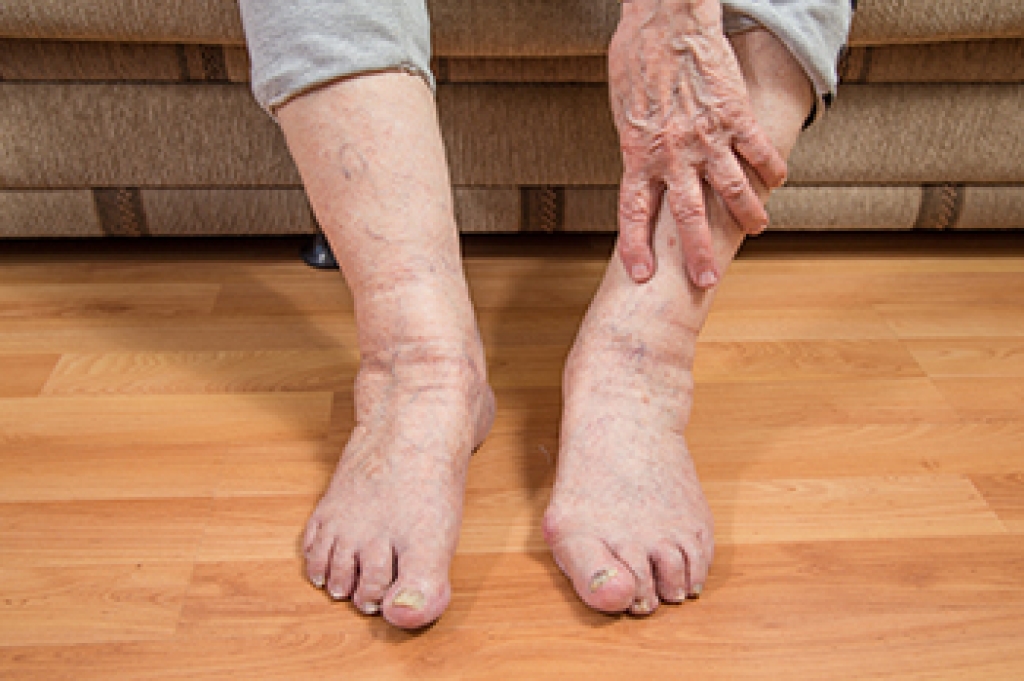
Heel pain is a common concern that can interrupt daily movement and make each step feel heavier than the last. One frequent cause is plantar fasciitis, which develops when the band of tissue along the bottom of the foot becomes irritated. Other sources include Achilles tendon strain, inflammation in the heel pad, nerve irritation, or bursitis that forms from repeated pressure. Some individuals notice discomfort after long hours on hard surfaces, while others develop pain from sudden increases in activity or shoes that lack support. Early attention helps prevent the condition from becoming chronic. Resting the foot, improving footwear, gentle stretching, and targeted care can ease symptoms and encourage healing. If you have heel pain, it is suggested that you see a podiatrist for a diagnosis and appropriate treatment options.
Many people suffer from bouts of heel pain. For more information, contact Manisha Mehta, DPM of Detroit, MI. Our doctor can provide the care you need to keep you pain-free and on your feet.
Causes of Heel Pain
Heel pain is often associated with plantar fasciitis. The plantar fascia is a band of tissues that extends along the bottom of the foot. A rip or tear in this ligament can cause inflammation of the tissue.
Achilles tendonitis is another cause of heel pain. Inflammation of the Achilles tendon will cause pain from fractures and muscle tearing. Lack of flexibility is also another symptom.
Heel spurs are another cause of pain. When the tissues of the plantar fascia undergo a great deal of stress, it can lead to ligament separation from the heel bone, causing heel spurs.
Why Might Heel Pain Occur?
- Wearing ill-fitting shoes
- Wearing non-supportive shoes
- Weight change
- Excessive running
Treatments
Heel pain should be treated as soon as possible for immediate results. Keeping your feet in a stress-free environment will help. If you suffer from Achilles tendonitis or plantar fasciitis, applying ice will reduce the swelling. Stretching before an exercise like running will help the muscles. Using all these tips will help make heel pain a condition of the past.
If you have any questions, please feel free to contact our office located in Detroit, MI . We offer the newest diagnostic and treatment technologies for all your foot care needs.




